Beaker – Parts, Sizes, Uses, and How to Use It
A beaker is a common piece of laboratory glassware used to hold, mix, and heat liquids. It is one of the most basic and versatile tools used in chemistry labs.
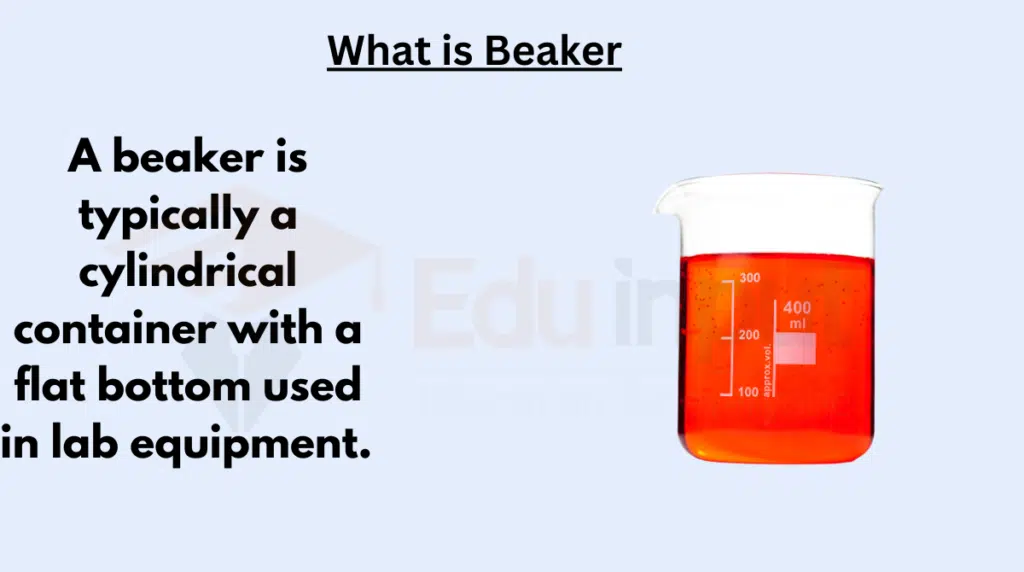
Parts of Beaker
A standard beaker consists of several key components:
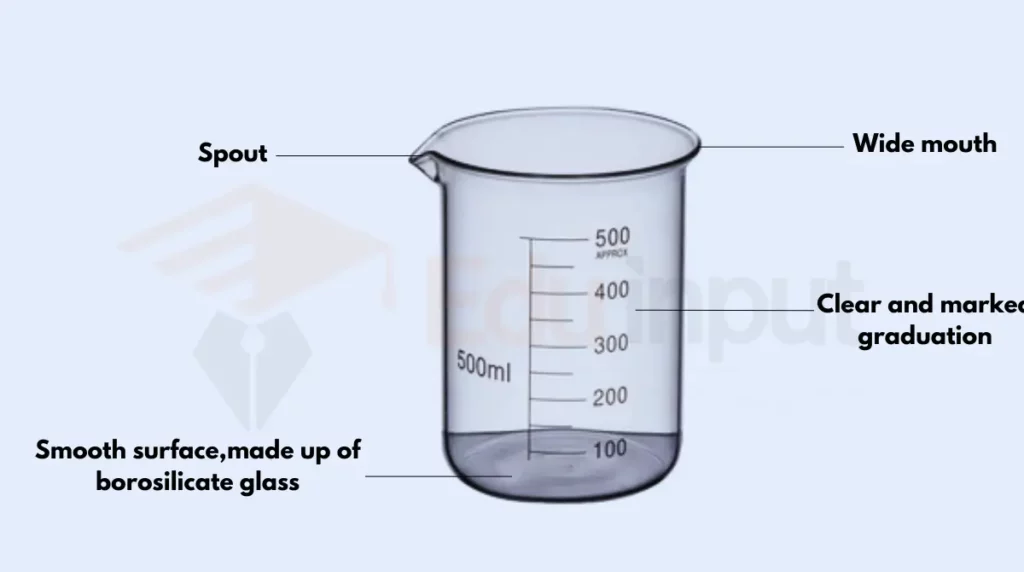
- Cylindrical Container – The primary body of the beaker, typically made of glass or plastic, provides a spacious reservoir to hold liquids.
- Rim – The top opening of the beaker allows for convenient pouring and transferring of liquids.
- Graduations – Many beakers feature volume markings etched onto their side, enabling precise measurement of liquid volumes.
- Spout – A pouring lip, also known as a beak, facilitates accurate and controlled pouring of liquids.
- Base – The bottom of the beaker, which can be either flat or rounded. Rounded bases offer enhanced stability.
Beaker Sizes
Beakers come in a diverse range of sizes to accommodate a variety of experimental needs:
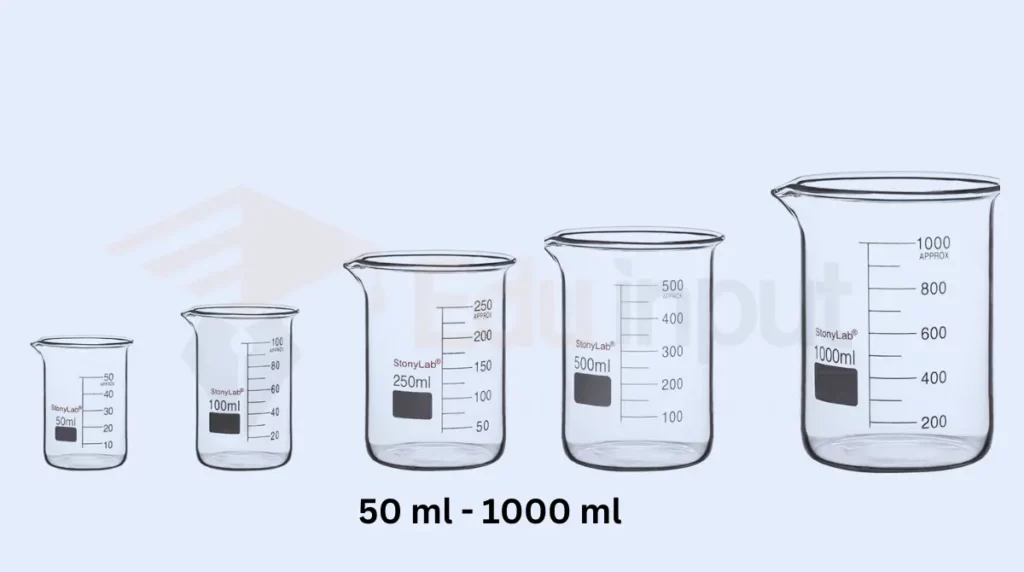
- Small Beakers (10-50 mL) – Ideal for small-scale experiments or handling delicate reagents.
- Medium Beakers (100-400 mL) – Commonly used for general laboratory work, such as mixing solutions and preparing reagents.
- Large Beakers (800 mL – 2000 mL) – Suitable for handling larger volumes of liquids or performing multiple reactions simultaneously.
- Jumbo Beakers (3000+ mL) – Accommodate the largest volumes of liquids, often used in industrial or research settings.
Types of Beakers
Here are the main types of beakers, based on their function and shape:
1. Standard Beakers
Standard beakers are the most common type of beaker found in laboratories. They are characterized by their low-form design, with a height of approximately 40% of their diameter.
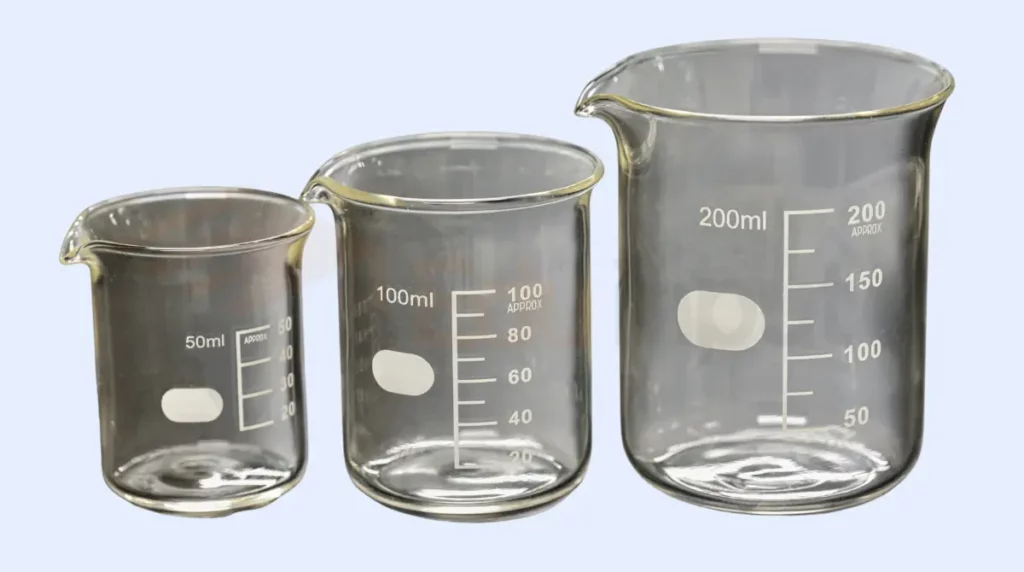
This wide base makes them ideal for mixing, heating, and holding liquids. Standard beakers are available in a wide range of sizes, from small 10 mL beakers for delicate work to large 2000 mL beakers for handling bulk solutions.
2. Mixing Beakers
Mixing beakers are specifically designed for efficient mixing of liquids. They feature a spout for pouring and a curved base that facilitates swirling and agitation.

This design makes mixing beakers ideal for tasks such as preparing reagents, dissolving solids, and conducting titrations. They are commonly available in medium sizes, ranging from 100 to 600 mL.
3. Griffin Beakers
Griffin beakers are similar to standard beakers but with a few key differences. They have a concave lip that helps prevent spills during pouring, and their flattened base provides enhanced stability.
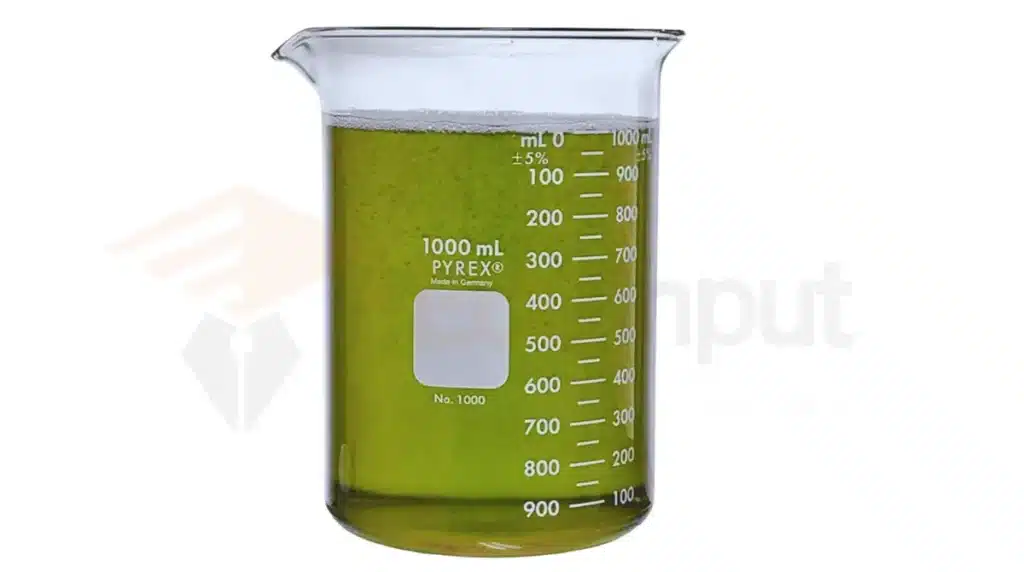
Griffin beakers are a popular choice for general laboratory work, particularly when pouring liquids is involved. They are available in a wide range of sizes, from small 50 mL beakers to large 4000 mL beakers.
4. Watch Glass Beakers
Watch glass beakers are short and wide, with a flat bottom that resembles a watch glass. They are primarily used to hold solids for evaporation or crystallization.
The wide opening allows for easy access to the solids, while the flat bottom facilitates evaporation and crystal formation. Watch glass beakers are commonly available in small to medium sizes, ranging from 50 to 500 mL.
5. Crystallizing Beakers
Crystallizing beakers are specifically designed for growing crystals. They feature a broad base that provides ample space for crystals to form and grow.
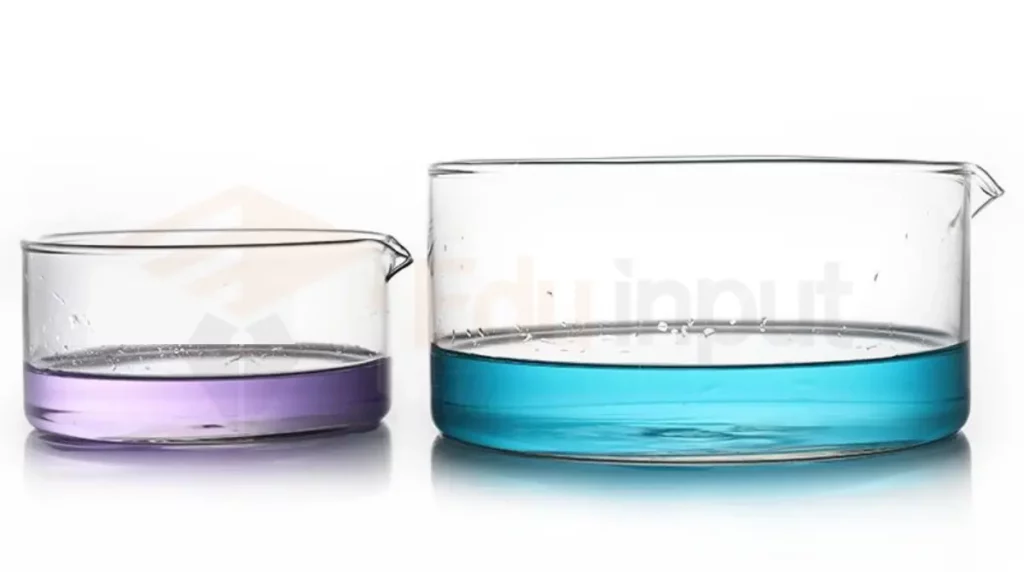
The wide opening allows for easy monitoring of crystal growth, and the flat bottom facilitates the harvesting of crystals. Crystallizing beakers are commonly available in medium to large sizes, ranging from 250 to 2000 mL.
How to use a Beaker Safely and Effectively
Here are the steps to be followed when you are using a beaker:
- Choose a beaker of appropriate size for your experiment to prevent spills and ensure adequate headspace for mixing.
- Always use clean and dry beakers to avoid contamination of your experiments.
- Place the beaker on a stable, level surface and handle it with care to prevent breakage.
- Add liquids slowly and carefully to minimize splashes and spills.
- Mix liquids gently to avoid excessive splashing or loss of reagents.
- Cover the beaker with a watch glass or foil when necessary to prevent evaporation of volatile components.
- Pour liquids smoothly through the spout, ensuring precision and avoiding drips.
Uses of Beakers
Beakers are indispensable tools for a wide range of laboratory tasks. It is used for:
- Mixing solutions for experiments
- Preparing reagents for various analytical procedures
- Conducting titrations and volumetric analyses
- Handling corrosive chemicals safely
- Sampling liquids from reactions
- Capturing the products of reactions
- Storing and transporting liquids
Also read:

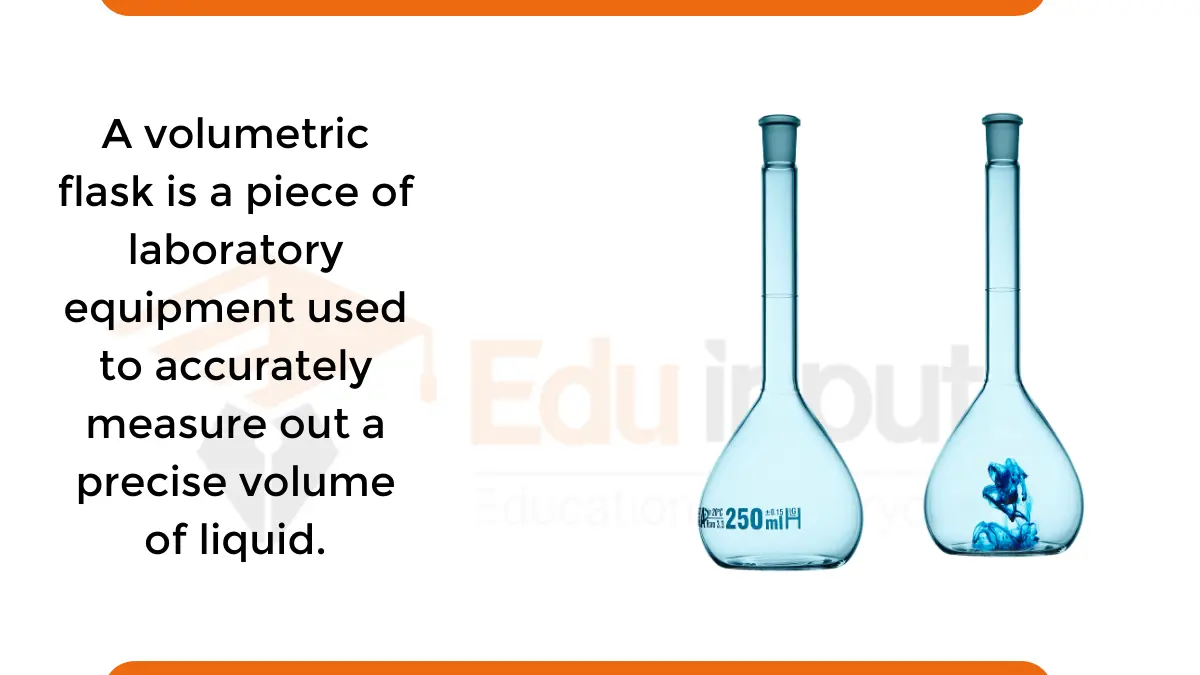
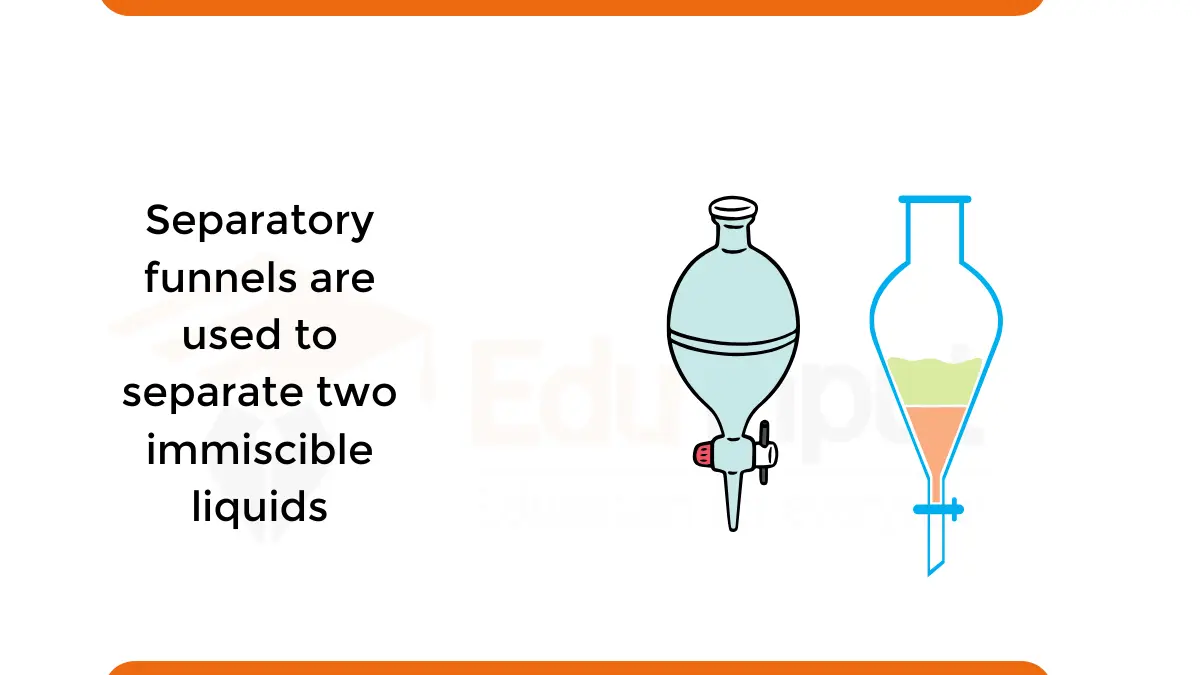
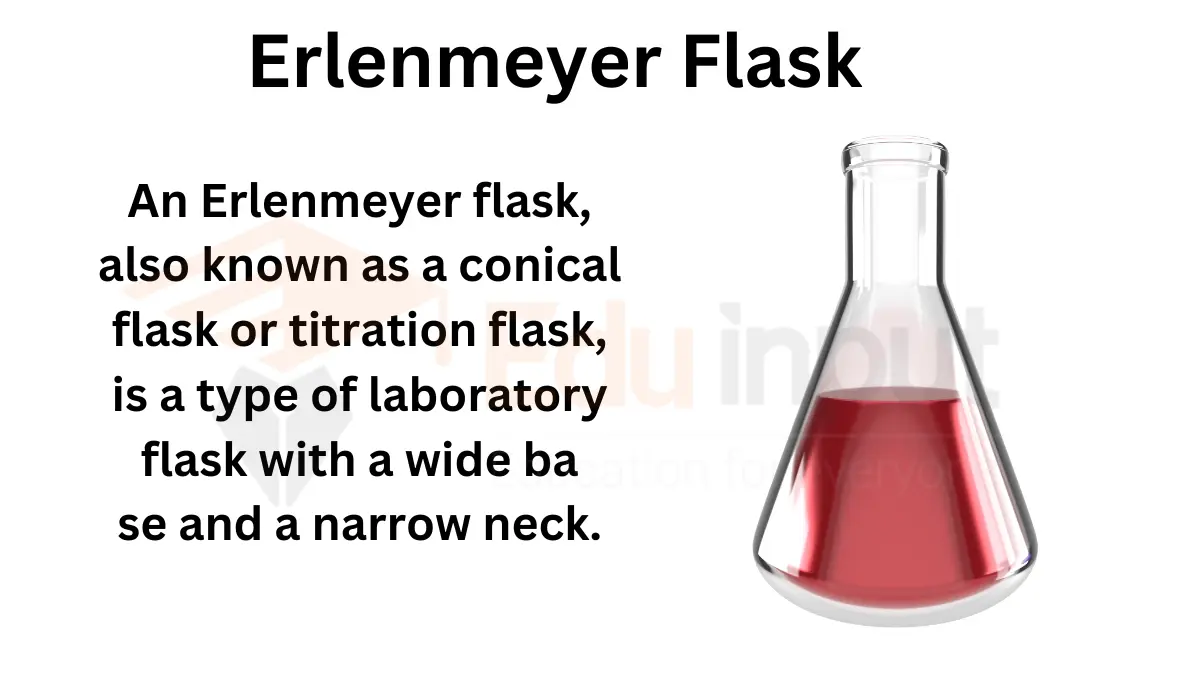



Leave a Reply